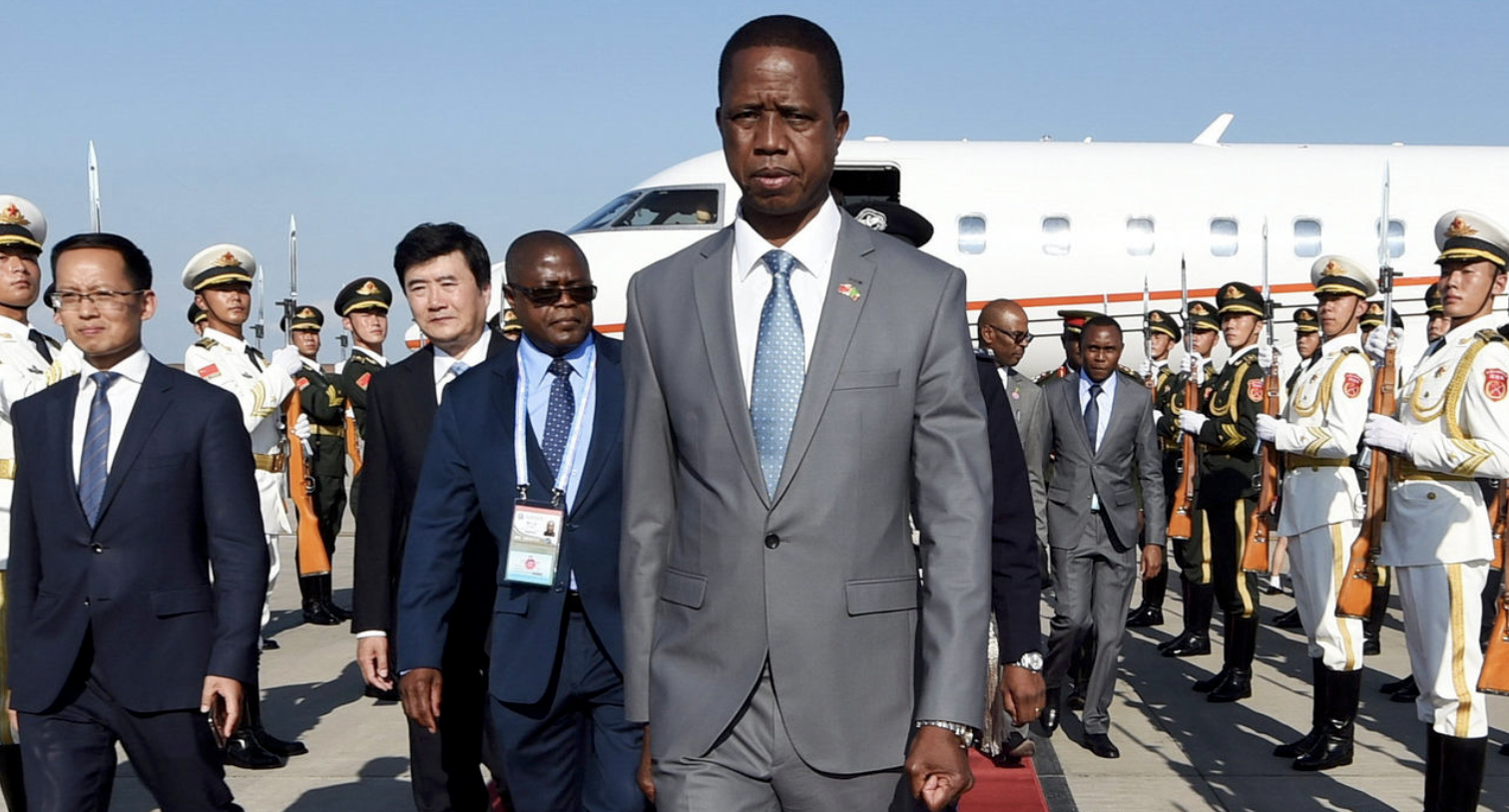Debt, unpaid salaries and a poor harvest: Is Zambia at breaking point?
Three years into President Edgar Lungu’s term, and two years before the 2021 election, there is an increasing awareness of the scale of the country’s debt, likely to be in the region of US $10 billion, much of which is due for repayment shortly after the 2021 elections.
Zambia’s public debt has spiralled out of control over the past few years, despite having it’s debt wiped clean in 2005 under the IMF’s “heavily indebted poor countries” scheme. Yet barely a decade after, the Zambian Government has managed to run up fresh debt worth up to 59% of GDP. A matter that is garnering substantial Western media attention.
The government blames a fall in copper prices from 2011. But the real reason is that Zambia is run by an inept and venial elite who have used easy credit to line their own pockets, with much of the money borrowed, being squandered of stolen. For example; when the country bought bright new fire engines, their price somehow ballooned by 70%, costing more than $1 million each. Likewise, the country’s new roads mysteriously cost twice as much per kilometre as it’s neighbours’.
On top of this corruption, Zambia has also added to its escalating debt through irresponsible new borrowing, encouraged by an increasing number of creditors. On September 3rd 2018, a report by British business intelligence outlet Africa confidential warned of escalating debt caused by allegedly unsustainable Chinese loans. China now holds a quarter to a third of Zambia’s external debt (very little is known how much - which is a cause of great concern).
However, China is not the only major player. As the Economist magazine wrote in September 2018, roughly two thirds of its borrowing is denominated in foreign currency and owed to Chinese creditors or Western Investors. Zambia joined several other African countries in borrowing US dollars through large bond sales (known as eurobonds) on international markets controlled by Western institutions. $3 billion worth of dollar bonds were issued in Europe - this does not include the interest repayments, which keep going due to sinking investor confidence.
Paying back these debts is putting huge pressure on Zambia’s finances. The biggest item in it’s budget used to be education. Today, it is debt service, with nearly a quarter of the government’s spending going to pay back loans. Civil Servants have repeatedly not been paid their salaries on time. In March, Doctors and health workers, including officers employed under the Ministry of Agriculture, experienced the longest salary delay to hit the civil service yet. With sources reporting the Government had failed to raise sufficient revenue to fund salaries, mainly due to depressed economic activities in January and February.
Stephen Chan, Professor of World Politics at SOAS University of London highlights these concerns in a recent article he wrote for The Conversation. “The showpiece projects, which Lungu has staked his future on, cannot be cancelled - but there is not enough money in the country’s budget to pay the salaries of medical, military and educational personnel, or other public servants… the extended familial of these public servants are likely to go hungry, especially so after a very poor harvest.”
The chances of international assistance are also unlikely. Just before Easter, Margaret Mwanakatwe, Zambia’s Finance Minister, went to Washington, along with several other African finance ministers, to the IMF and World Bank Spring Meeting. Here, Mwanakatwe spoke with confidence about the debt being an investment for Zambia’s future, offering no firm figures, and no news of any debt rollover, relief or renegotiation.
Following the Spring Meeting a statement was released by the World Bank President, David Malpas, and IMF Managing Director, Christine Lagarde. Within in they spoke of the messiness of debt incurred by many borrowing countries, and complained that more often than not countries did not even have coherent records of how much debt - or the types of debt - they had incurred. Concluding, there were too many lenders and too many different terms and conditions attached to the loans. Causing a huge lack of transparency.

